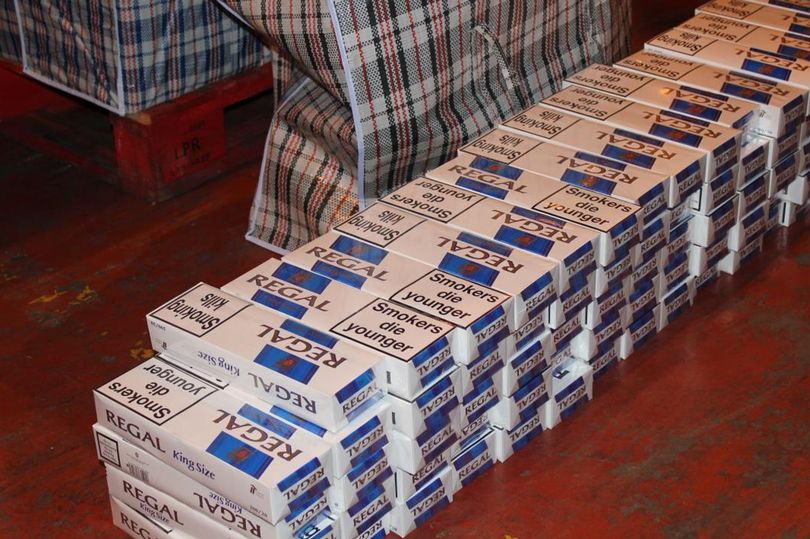
Nottingham man jailed for two years for role in £1m tobacco smuggling plot
A Nottingham man who was part of an 11-strong tobacco smuggling gang that attempted to flood the streets with millions of illegal cigarettes has been locked up.
Terrence Knight, 53, of Northumberland Close, St Ann’s, was jailed for two years at Nottingham Crown Court on Friday (August 17) for intent to defraud. The gang attempted to evade more than £1 million in unpaid duty.
Officers from Revenue and Customs (HMRC) seized nearly five million cigarettes, 329kg of hand-rolling tobacco and in excess of £50,000 cash across the Midlands and Yorkshire, during a ten-month period from May 2015.
Almost £18,000 of that money found was stashed inside a kitchen bin and other piles of cash were hidden under stairs, car seats and around the homes of several gang members.
https://www.nottinghampost.com/news/nottingham-news/nottingham-man-jailed-two-years-1912222
Lear More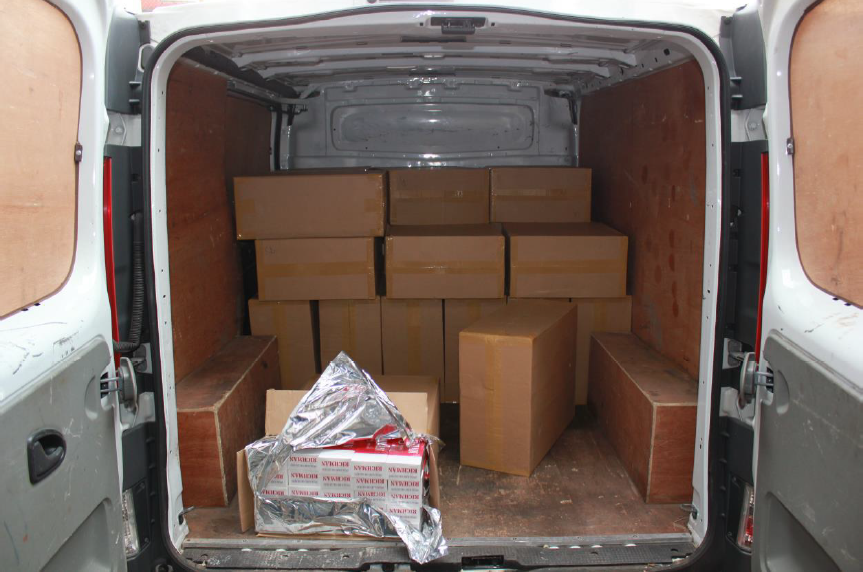
Gang jailed for smuggling millions of cigarettes into UK
Members of a gang which smuggled almost five million cigarettes and 329kg of tobacco into the UK without paying tax of more than £1.2million have been jailed today.
The 11 defendants went to locations around Nottingham, Leicester, Bolton and Doncaster to store and deliver foreign cigarettes where tax had not been paid.
Between May 2015 and October 2016, the defendants were in possession of 4,716,340 untaxed cigarettes and 329kg of untaxed tobacco.
As well as avoiding £1,230,761 in tax, the group were found to have almost £58,000 in cash when they were arrested.
Michelle Rhodes, from the CPS, said “These defendants ran a complicated operation to bring cigarettes into the country, avoiding tax, before selling them on for personal gain.
https://www.cps.gov.uk/cps/news/gang-jailed-smuggling-millions-cigarettes-uk
Lear More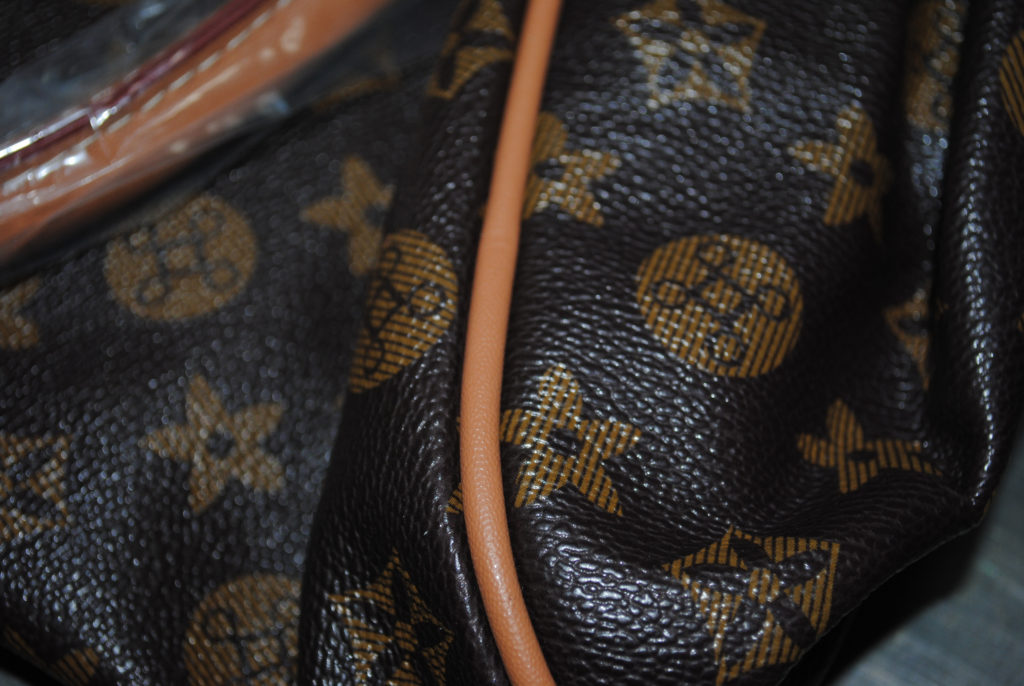
Nearly a dozen suspected traffickers charged with smuggling $450 million of fake Chinese goods to US
Police in New York have arrested 22 people on suspicion of being involved in a plot to smuggle counterfeit goods worth $450 million into the US from China.
The suspects stand accused of smuggling Chinese-manufactured fake luxury items into the country, such as Louis Vuitton and Tory Burch handbags, Michael Kors wallets, Hermes belts and Chanel perfume, among other products.
Prosecutors argue the Chinese gang members smuggled the items in large shipping containers disguised as legitimate products and brought them into the country via seaports in New York and New Jersey.
In a bid to avoid the attention of law enforcement authorities, the gang members are said to have falsified customs documents and used “burner” cell phone numbers and email accounts to conceal their true identities and cover their tracks.
Lear More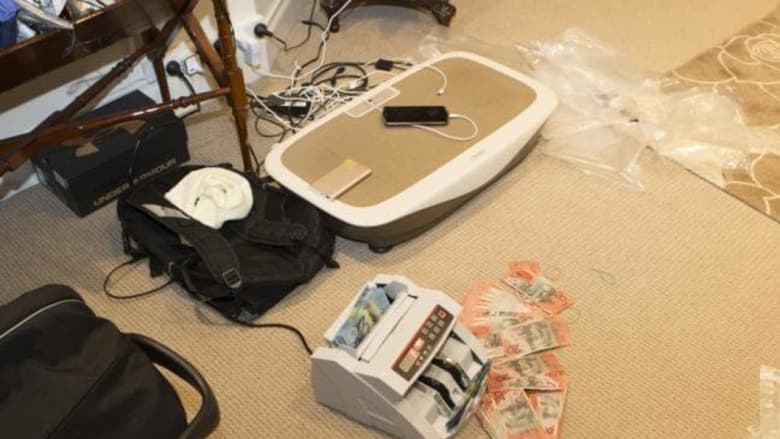
Tobacco smuggling bust finds $1 million in Templestowe home
Nearly $1 million in cash was seized at a home in Melbourne’s north east after a police bust of an alleged tobacco smuggling ring.
Four men and two women, all Chinese nationals, were arrested in Templestowe on Monday night after a raid by Australian Federal Police and the Australian Border Force.
Police believe the group imported 2.5 million cigarettes, evading duty and excise taxes of $1.75 million and are part of a syndicate which has laundered at least $11 million over the past six months.
The operation uncovered the cash after getting intelligence from Chinese authorities. The investigation began earlier this year when the border force identified an illegal tobacco importing network.
Lear More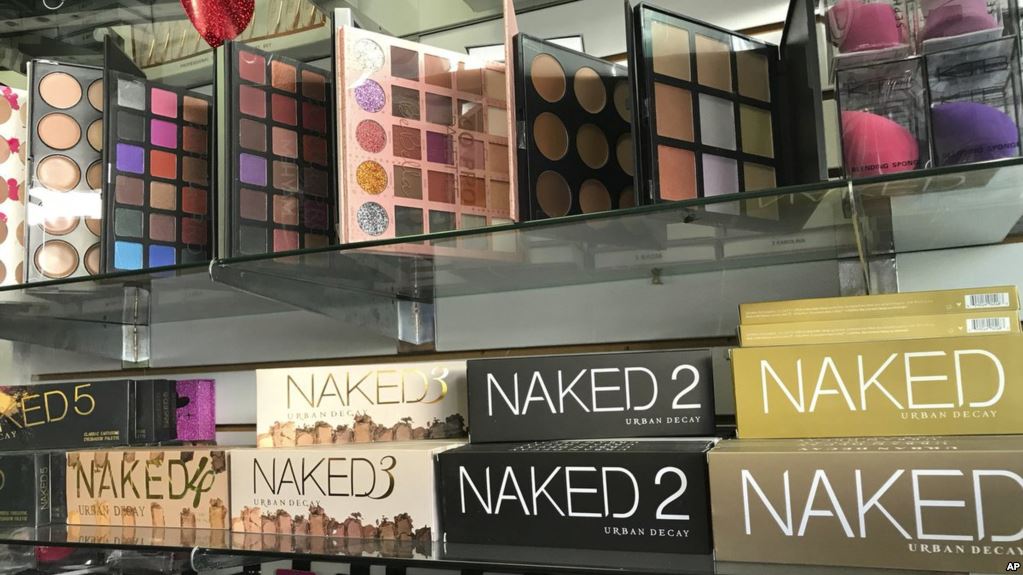
US Charges 22 Chinese Importers with Smuggling Counterfeit Goods into US
A federal court in New York has charged 22 Chinese importers with smuggling nearly half-a-billion dollars in counterfeit goods into the United States from China.
The fake products include such popular luxury items as Louis Vuitton bags, Michael Kors wallets, and Chanel perfume. Twenty-one of the defendants were arrested Thursday.
U.S. attorneys say the suspects allegedly smuggled the China-made counterfeit goods in large shipping containers disguised as legitimate products and brought them into ports in New York and New Jersey.
The defendants apparently intended to sell the fake products across the United States with a street value of nearly $500 million.
Along with smuggling and trafficking in counterfeit goods, the suspects are also charged with money laundering and immigration fraud.
Lear More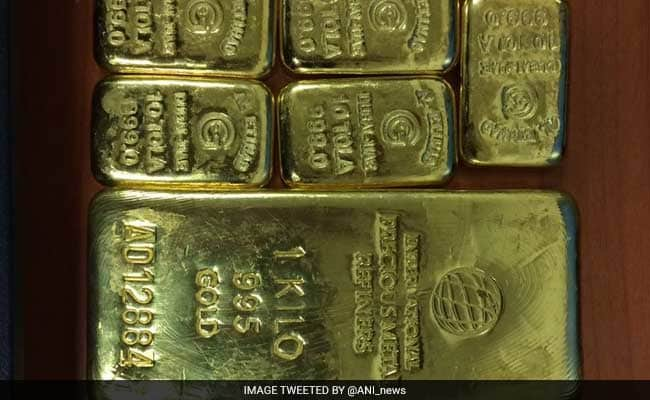
Gold Worth Rs. 47 Lakh Found Hidden Under Seat In Air India Plane
MUMBAI: Gold bars worth over Rs. 47 lakh were recovered today from under a seat of an Air India (AI) flight at the Mumbai international airport, a Customs official said.
Acting on a tip-off, the Air Intelligence Unit (AIU) of the Customs searched the flight after it arrived from Abu Dhabi this morning, the official said.
“During their search, 15 gold bars weighing 1.74 kg, were found concealed in a hollow pipe and placed under a seat,” he said.
The total value of the seized gold is around Rs. 47,69,330 the official said.
“The unclaimed gold bars were seized under reasonable belief that they were smuggled into India without paying the Customs duty and in contravention of the provisions of the Customs Act,” he said, adding that further investigation was on.
Lear MoreNAFDAC destroys fake, substandard products worth N464.7m in Northeast
THE National Agency for Food and Drug Administration and Control (NAFDAC), on Thursday, destroyed fake, expired, substandard and unwholesome products worth N464 million seized in the North East.
Speaking at the site of the destruction in Gombe, Prof Christiana Adeyeye, the Director-General, NAFDAC, said the products were seized from manufacturers, importers and distributors.
Adeyeye, who was represented by Alhaji Sabo Adamu, North East zonal coordinator of the agency said, “The estimated street value of the products is N464.7 million. “The products include drugs such as antibiotics, antihypertensive and herbal remedies.
“Food such as spaghetti, vegetable oil, nonalcoholic beverages; cosmetics such as creams, pomade and chemicals such as fake insecticide”, she said.
https://www.tribuneonlineng.com/160260/
Lear More
75kg gold seized in Benapole
Members of Border Guard Bangladesh in separate raids seized 635 pieces of gold bars, weighing around 75kg, and arrested three suspected smugglers, including a woman, from bordering Narkelbaria and Shikri areas yesterday.
The arrestees are Mohiuddin, 35, of Shikarpur village, Md Israfil, 45, of Bhaberber village, and Safura Khatun, 52, of Daulatpur village.
The value of the seized gold was estimated at around Tk 36 crore, said Lt Col Ariful Hoque, commanding officer of 49 BGB Battalion. It is the biggest gold smuggling attempt in Benapole border area, he added.
The BGB official said acting on a tip-off, a BGB team, led by Havildar Mukul Hossain Pramanik of Shikarpur camp, raided Narkelbaria area and arrested Mohiuddin along with 624 gold bars, weighing over 72.75 kg, around 3:30am.
https://www.thedailystar.net/news/country/gold-smuggler-held-624-gold-bars-jessore-1618711
Lear MoreOver 28 lakh counterfeit match boxes of ITC’s AIM brand seized
CHENNAI, AUGUST 9 : Over 28 lakh counterfeit match boxes of AIM brand belonging to ITC Ltd were seized from various manufacturing units located in Kovilpatti and Sattur in Tamil Nadu. The raid and seizure was conducted on the orders of the Madras High Court in a suit filed by ITC.
Multiple raids were conducted on ‘unscrupulous’ parties in both locations, manufacturing, selling and transporting counterfeits of AIM matches.
In July 2018, ITC filed a suit before the Madras High Court against ten parties, both manufacturers and transporters, who were involved in the racket. The matches being manufactured by these parties were identical to ITC’s match boxes with minor variations such as ‘ATM’ or ‘AJM’ written in place of the original – AIM, a release from ITC said.
Lear More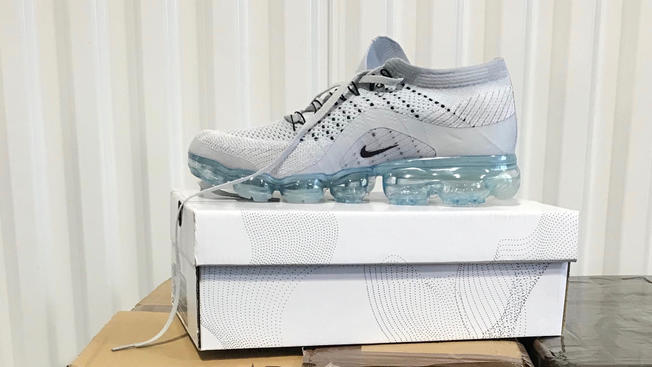
Hundreds of Thousands of Fake Nike Air Jordans Smuggled Into New York, New Jersey: Prosecutors
A group that allegedly smuggled more than 300,000 pairs of fake Nike Air Jordan sneakers into New York and New Jersey was broken up Tuesday by Homeland Security Investigations and NYPD detectives.
More than 42 containers carrying the famed sneakers traveled from factories in China through Port Newark between January 2016 and July 2018.
Air Jordan sneakers can fetch anywhere from hundreds to thousands of dollars, depending on the model. Many of the Nike knock-offs mirrored real Air Jordans that currently sell for around $190 a pair, HSI officials said. Federal prosecutors said the counterfeiting scheme cost Nike at least $73 million.
Lear More


